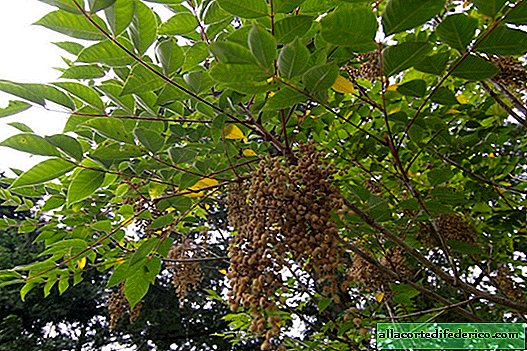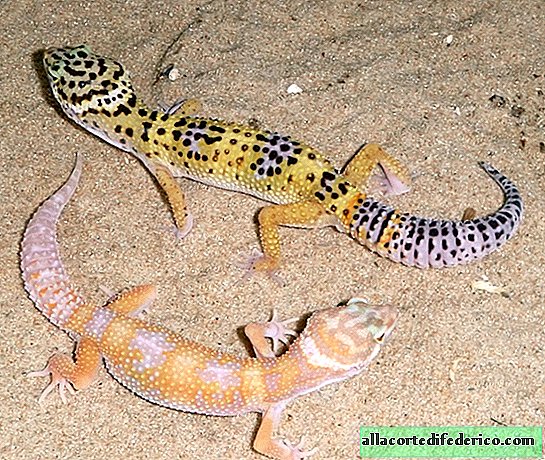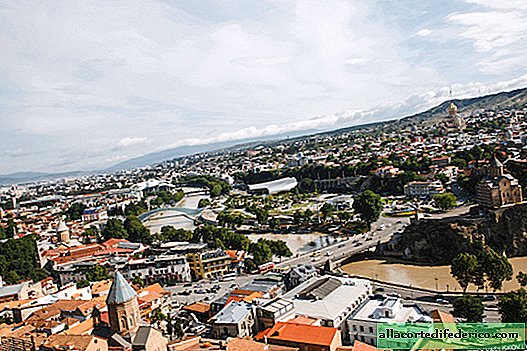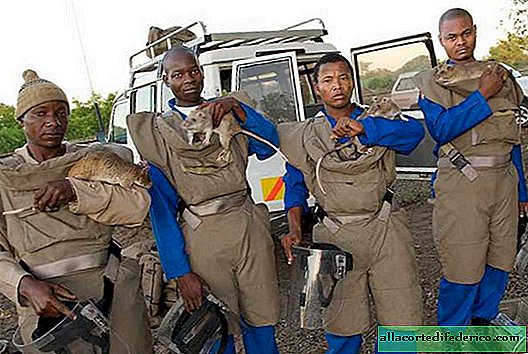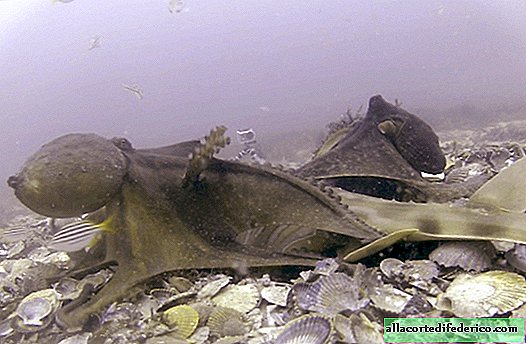Life-long journey: how unusual nomad ants live
Many believe that all ants live in large anthills, like those that can be seen in our forests, but this is far from the case. There are many kinds of absolutely amazing ants that do not build anthills and constantly move from place to place, dragging larvae and pupae with them, building temporary shelters on the way ... from their own bodies.
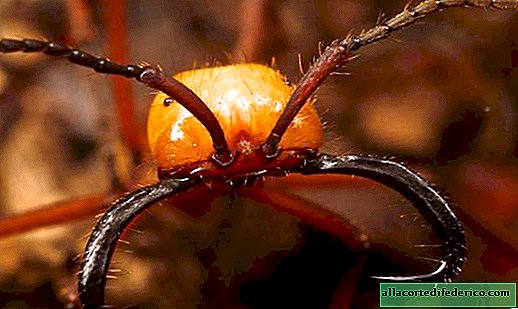
Such ants, not prone to a settled lifestyle, were singled out in a special group and called nomadic ants, or nomad ants. And this is not 10 or even 50 species, but more than 500 species of ants that live mainly in the tropical regions of Africa and America and belong to the genera Aenictinae, Dorylinae, Ecitoninae.
If ordinary ants build extensive dwellings in the earth or on its surface, then nomad ants do not have a permanent habitat. Colonies of ants, which can reach 10 and even 20 million individuals, are in constant motion. Migration periods can last from a few days to 2-3 weeks, during which the ants line up in columns and move to a new place of residence. At the same time, all the most valuable things that the colony has, and these are pupae and larvae, also travel with their families.

After a tiring march, the phase of settled life begins, which in different species lasts from 3 weeks to 2-3 months. And here the nomad ants turn into quite normal ants: they begin to build a house and engage in procreation. During the stopping time, the uterus of the ants lay eggs, and adult individuals are born from the cocoons of the previous breeding cycle. By the way, it is the length of the reproductive cycle that determines the length of the period of migration and the settled life of one species or another.
It is noteworthy that even during the settled period, nomad ants prefer not to spend energy on the construction of the anthill, but build the so-called bivouac nests. These are nests, the walls of which consist of the bodies of working ants, and the diameter can reach 1 meter. Ants, interlinked by claws and paws, are a kind of human shield that protects the uterus and future offspring, which are inside the temporary nest.

As soon as the next reproductive cycle comes to an end, nomad ants set off on a new path. A temporary housing of ants is dismantled, and the colony is again ready for a long journey. Despite the apparent difficulties, this lifestyle is very effective. Indeed, over time, the amount of food decreases significantly around a large stationary anthill. The colony grows and foraging ants, which are busy searching for food, have to spend more and more time and energy trying to find something edible. And in the case of nomad ants, this problem can be avoided, because they regularly move to a new place, where there are a lot of food resources and there will be no problems with the survival of the colony.





